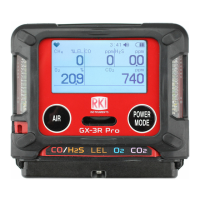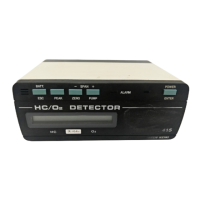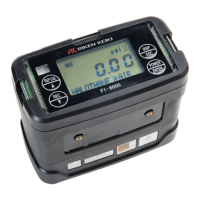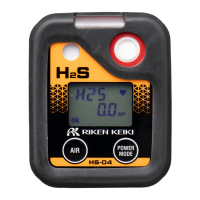PT0E-1091
Portable Gas Monitor
GX-8000
(Type LEL)
Operating Manual
(PT0-098)
Request for the Customers
Read and understand this operating manual before using this gas monitor.
Use it in accordance with this operating manual.
Regardless of warranty period, we shall not make any indemnification for accidents and
damage caused by using this gas monitor.
Make sure to read the warranty policy specified on the warranty.
Because this is a safety unit, a regular maintenance for every six months and daily
maintenance must be performed.
If any abnormality is found in the gas monitor, notify it to RIKEN KEIKI immediately.
(Visit our Web site to find your nearest RIKEN KEIKI office.)





